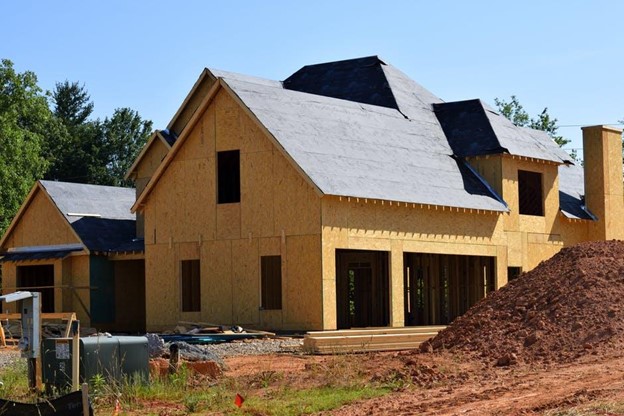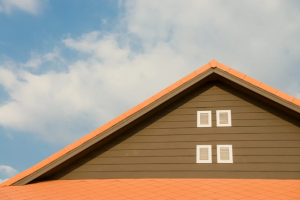Your roof is the first line of defense against nature’s elements, from scorching heatwaves to torrential downpours. Ensuring its resilience is not just about preserving the aesthetic appeal of your home but also about safeguarding the well-being of its inhabitants. The relentless cycle of seasonal challenges emphasizes the necessity of a roof prepared to weather any storm. With the right strategies, materials, and regular maintenance, you can enhance the durability and longevity of your roofing system. This guide aims to equip homeowners with practical advice on fortifying their roofs against the harshest conditions, ensuring a safe and dry haven for years to come.
Ensure Regular Inspections
Regular inspections play a pivotal role in maintaining a resilient roof. It’s not merely about spotting visible damage but uncovering potential weaknesses that could lead to significant issues during severe weather. An expert from a roofing company can identify minor problems like cracked, missing, or loose shingles that you might overlook. Twice-yearly inspections, ideally during spring and fall, prepare your roof for the upcoming extreme weather conditions, whether it be scorching sun, relentless rain, or heavy snow. This proactive approach can significantly extend your roof’s lifespan, ensuring it remains robust against the elements. Neglecting these regular checks, on the other hand, can lead to small issues mushrooming into costly repairs or even premature replacements.
Upgrade to Weather-Resistant Materials
Investing in weather-resistant materials is paramount for a roof that can withstand the test of time and nature. Modern roofing technologies have introduced materials designed to resist high winds, hail, and even fire. Whether you’re constructing a new property or replacing an old roof, consider materials such as metal, slate, or high-quality asphalt shingles known for their durability and longevity. While the initial cost might be higher compared to traditional materials, the payoff in terms of resilience and reduced maintenance costs is worth it. It’s also essential to choose materials suited to your region’s specific climate challenges, guaranteeing maximum protection against local weather threats.
Implement Proper Insulation and Ventilation
Effective insulation and ventilation form the backbone of a healthy roof system. Proper attic insulation minimizes heat exchange between the attic and the outside environment, protecting your home against drastic temperature changes that can lead to ice dams in winter and excessive heat in summer. In addition to insulation, adequate roof ventilation is critical. It allows air to circulate freely, preventing moisture accumulation and reducing the risk of mold growth and rot. These measures not only extend the lifespan of your roof but also contribute to more stable, comfortable indoor temperatures and lower energy bills.
Clear Gutters and Downspouts Regularly
Maintaining clear gutters and downspouts is vital for roof resilience. Clogged rain gutters can cause water to pool on your roof, leading to leaks, water damage, and in the colder months, ice dams that can further strain your roofing structure. Regular cleaning, especially after heavy storms or during fall when leaves are abundant, ensures that water can flow freely away from your roof and foundation. Installing gutter guards can also be a worthwhile investment, reducing debris accumulation and the frequency of cleanings needed. This simple routine maintenance task is often overlooked but can significantly impact your roof’s ability to withstand adverse weather.
Trim Overhanging Tree Branches
Overhanging tree branches pose a dual threat to roof resilience. Not only do they provide an easy pathway for rodents and other pests to access your roof, but they can also cause damage directly, especially during storms when branches may snap and fall. Trimming these branches back proactively reduces the risk of physical damage to the shingles and the underlying structure. Additionally, it minimizes the accumulation of leaves and twigs on the roof surface and in the gutters, promoting better water drainage and reducing moisture-related issues. While it’s a seemingly simple preventive measure, strategic tree trimming can profoundly affect your roof’s long-term health and durability.
Prepare for Seasonal Challenges
Finally, preparing for the unique challenges each season brings is crucial for maintaining roof resilience. In areas prone to heavy snowfall, for instance, installing snow guards can prevent dangerous avalanches off sloped roofs, protecting both people and property. Ahead of hurricane season, reinforcing the roof structure and ensuring all materials are securely fastened can minimize storm damage. For regions facing wildfire risks, applying fire-resistant coatings and removing combustible debris from around the property are vital steps. Tailoring your approach to roof maintenance based on seasonal risks can significantly enhance your roof’s ability to weather any storm.
Ensuring the resilience of your roof against nature’s myriad challenges requires a multifaceted approach, encompassing regular inspections, investment in durable materials, proper insulation and ventilation, diligent maintenance of gutters and downspouts, proactive tree trimming, and seasonal preparedness. By adopting these strategies, homeowners can significantly extend the lifespan of their roofs, protect their homes from severe weather conditions, and ultimately, secure peace of mind knowing their first line of defense is robust and reliable. Remember, a strong, well-maintained roof is not just a crucial aspect of home maintenance; it’s an investment in the safety and security of your living space.


